In the animal kingdom, social behavior varies widely. Some animals rely on groups for protection, hunting, or social bonding, while others prefer a solitary lifestyle. Though living alone may seem like a disadvantage, many species have adapted successfully to solitude. This article introduces 20 remarkable solitary animals and explores their habits, behaviors, and survival strategies.

Snow leopards are among the most solitary of all big cats. They inhabit the high-altitude, frigid mountains of the Himalayas at elevations over 4,000 meters. Due to the harsh climate and scarce oxygen, biodiversity is limited, which means food is also rare. A snow leopard may roam up to 800 kilometers in search of prey. Their enormous range reduces the chances of encountering other leopards or even other animals.
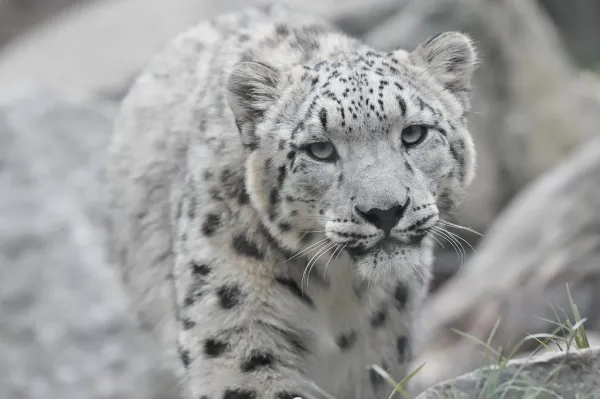
The crested porcupine is shy and reclusive. It typically lives alone in burrows, although some tunnels may be loosely connected to those of family members. When threatened, it rattles its hollow tail quills as a warning. Its body is covered with sharp spines that serve as a visual and physical deterrent to predators.
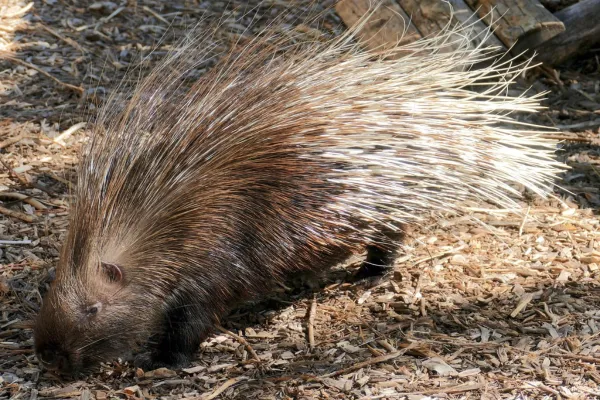
Brown bears are notoriously solitary and territorial, especially males. They dominate areas rich in food where human presence is minimal. Encounters between bears often lead to aggressive confrontations. They are only seen with others during mating season or when mothers raise their cubs. Their tendency to hibernate also reinforces their solitary nature.
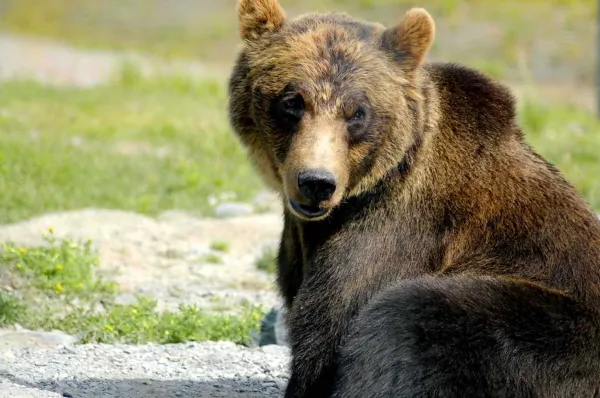
Male black rhinos are highly territorial and live alone. Female rhinos stay with their calves for a few years. To avoid unwanted interactions, they use dung to mark territory boundaries. Despite their tough appearance, black rhinos are not overly aggressive and usually resolve disputes by locking horns until one backs down.
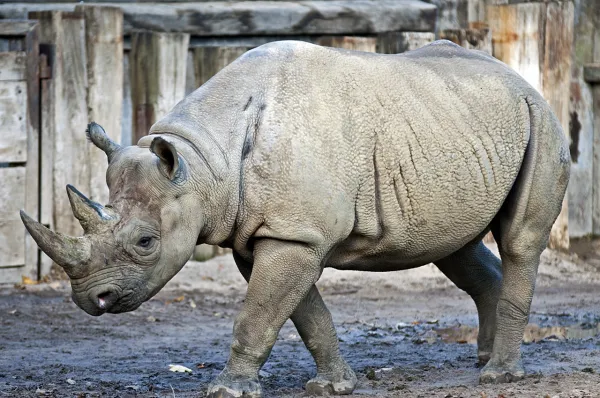
Pandas are solitary and relatively inactive animals. They avoid each other by marking trees and ground with scent and urine to define territories. Each panda has a distinct personal area. They meet only during mating season, after which the female returns to solitude to care for her cubs in bamboo forests. Pandas are mostly active at dawn and dusk.
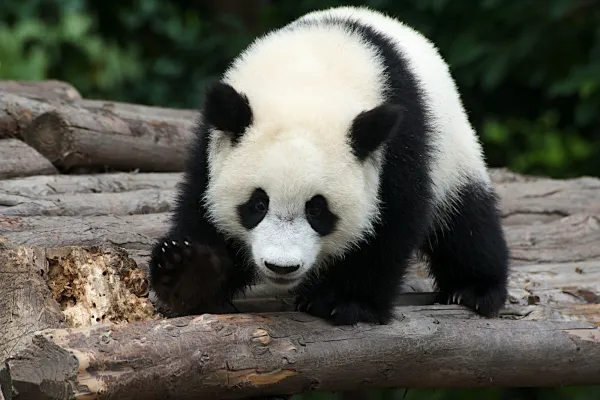
Unlike most vultures that feed in groups, the red-headed vulture prefers to scavenge alone. It waits until other scavengers leave before approaching carcasses. Even nesting is done in isolation, and pair interactions are rare. This solitary nature sets it apart from other social vulture species.
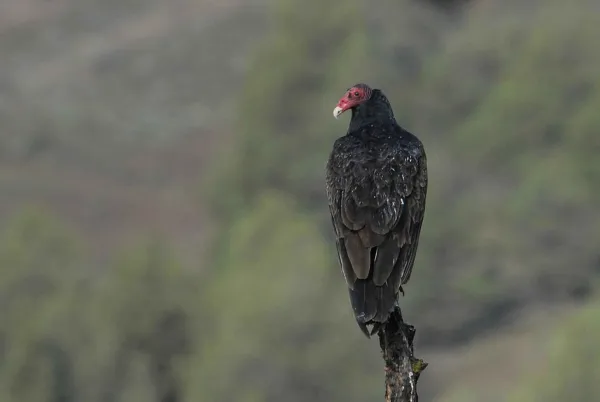
Native to South America, the maned wolf is quiet, elusive, and difficult to spot. It lives in grasslands and only seeks out others during the breeding season. Once thought to be extinct, it was rediscovered in the wild. It feeds on small rodents and leaves minimal traces, unlike other canids that target livestock.
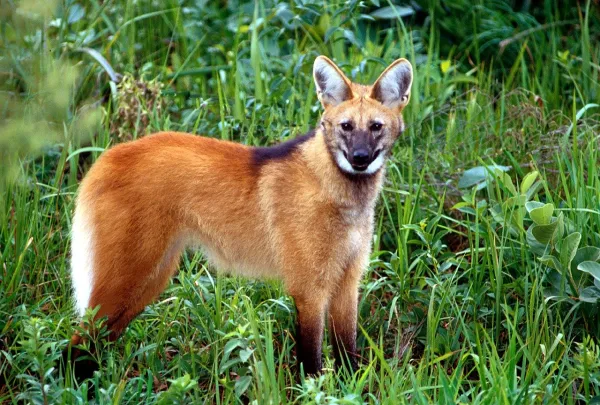
Sea turtles are lifelong solo travelers. They roam the oceans alone and can live up to 100 years. Social contact only occurs during mating season. Their tough shells offer protection from predators, although shell shape and size vary between species.

These New Zealand penguins spend most of their lives alone in the open ocean, coming ashore only to breed. About 75% of their lives are spent swimming solo. They travel up to 6,800 kilometers in search of food, a necessity due to the energy demands of reproduction.
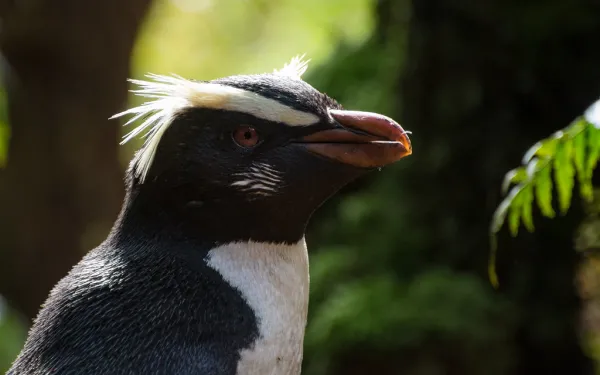
Also known as the violin spider or hermit spider, this reclusive arachnid hides in corners and dark spaces, including inside homes. It avoids confrontation but can deliver a medically significant bite if disturbed. Its venom may cause necrotic wounds and internal tissue damage in severe cases.
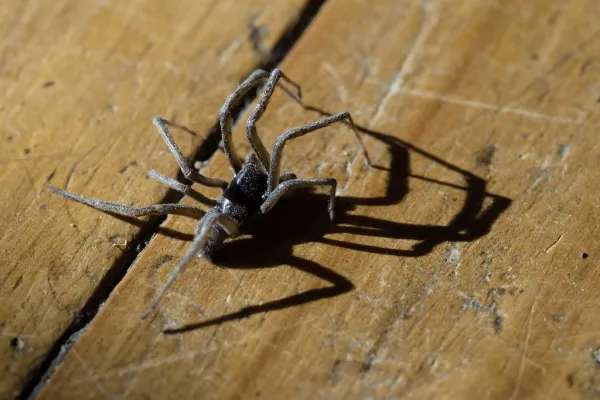
Beyond the 10 species above, several other animals are known for solitary habits:
Squids (Order Teuthida) – Some species live and hunt alone.
Polar Bears (Ursus maritimus) – Except for mothers with cubs, they live and hunt solo.
Jaguars (Panthera onca) – Strongly territorial and solitary big cats.
Platypus (Ornithorhynchus anatinus) – Mysterious egg-laying mammal, mostly solitary.
Red Fox (Vulpes vulpes) – Common in both wild and urban areas, typically forages alone.
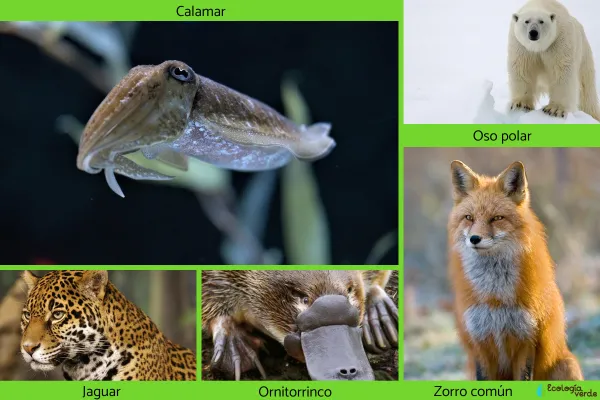
Solitary animals might not form social bonds like other species, but they’ve developed unique adaptations to thrive on their own. From sharp senses and efficient hunting techniques to territorial defense and camouflage, these animals prove that solitude doesn’t mean weakness—it’s a powerful evolutionary choice.
animal tags: Solitary Animals
We created this article in conjunction with AI technology, then made sure it was fact-checked and edited by a Animals Top editor.